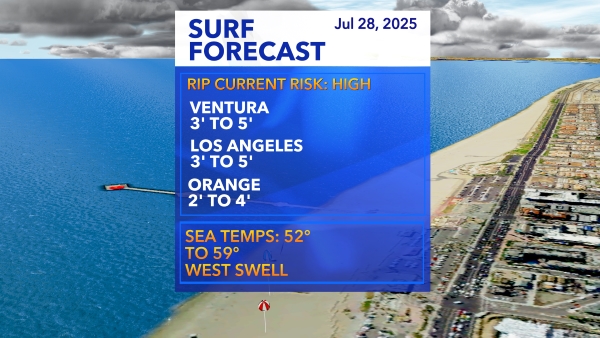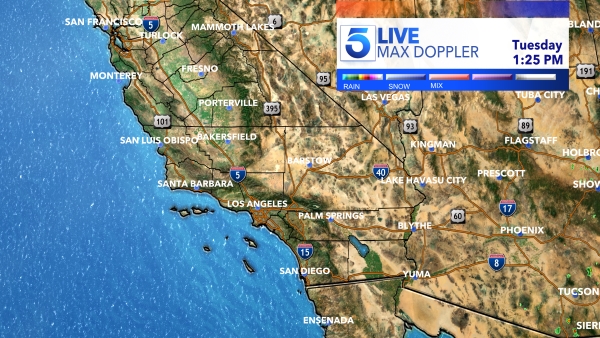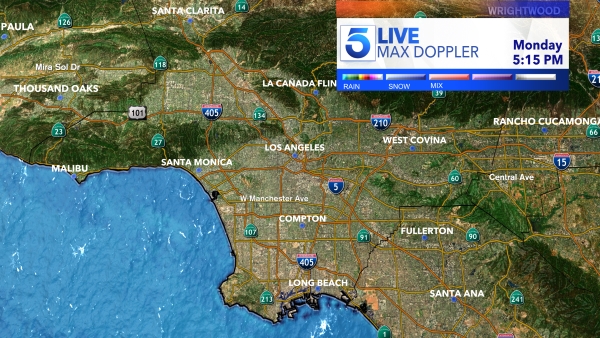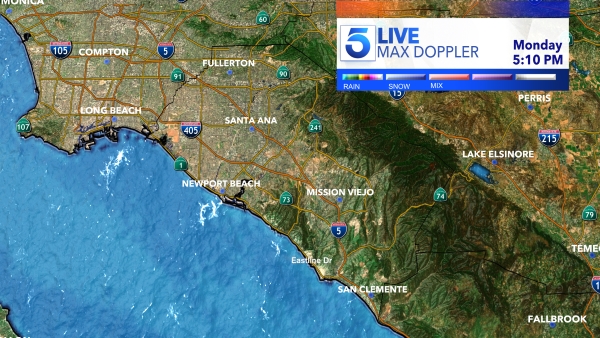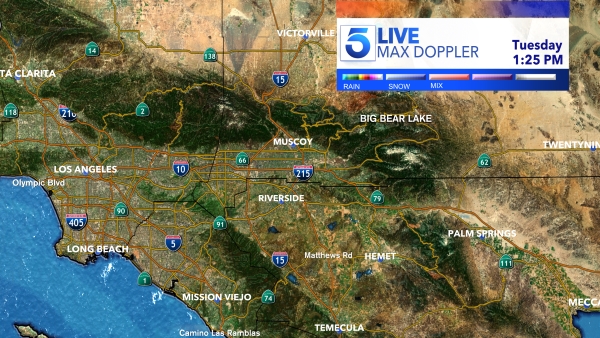With Hurricane Hilary likely to hit Southern California as either a weak Category 1 hurricane or a tropical storm, meteorologists are revisiting some of the previous tropical cyclones to hit the Golden State in recorded history.
There haven’t been many.
Thanks to cooler ocean water temperatures and a regional high-pressure system, storms rarely gain or hold enough strength to make landfall as a tropical storm or a hurricane in California. But there have been a few occasions when they have.
The 1939 Long Beach Tropical Storm
September 1939 saw the only tropical storm to make landfall in California in the 20th century.
The storm began as a tropical depression off the coast of Panama and quickly grew into a hurricane.
“The lowest pressure (28.67″) occurred on September 22, when the storm was centered approximately 300 miles southwest of Cabo San Lucas,” according to the National Oceanic and Atmospheric Administration.
Two days later, the weakening storm reached Catalina Island where southeast winds gusted to 50 mph. The storm eventually made landfall near San Pedro, bringing torrential rains that totaled more than 5 inches in the Los Angeles area. Mt. Wilson received 11.6 inches of rainfall.
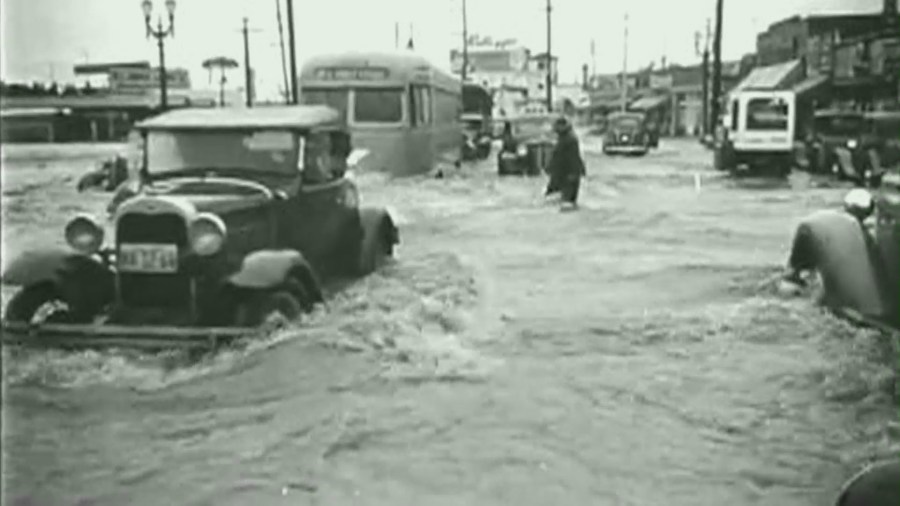
Archival footage shows the rain and coastal storm surge caused widespread flooding that washed away homes and vehicles.
Forty-five lives were lost at sea and property losses were estimated to be $2 million, NOAA said.
Hurricane Norman – 1978
Longtime residents might recall the effects of Hurricane Norman reaching Southern California in September 1978. The system evolved from a tropical disturbance 400 miles west of Acapulco and reached Category 4 hurricane strength as it grazed Socorro Island south of the Baja Peninsula.
By the time it reached the Golden State, it had weakened to a tropical depression, but still packed a punch.
Up to 7 inches of rain fell in some locations. California’s raisin crop was decimated, suffering the largest loss on record. Damage from the storm exceeded $300 million.
The storm also produced a rare summer blizzard on Mt. Whitney that killed four people.
The San Diego Hurricane of 1858
Historical records are limited and no footage exists, but the only known hurricane to hit California arrived on Oct. 2, 1858.
Researchers Michael Chenoweth and Christopher Landsea compiled all known newspaper and weather reports from that period for NOAA.
On Oct. 13, 1858, The San Diego Herald published this vivid account of the storm:
“About 11 o’clock A.M. of Saturday, 2d instant, a terrific gale sprung up from the S.S.E. and continued with perfect fury until about 5 P.M., when it somewhat abated, and rain commenced to fall. It blew with such violence, and the air was filled with such dense clouds of dust, that it was impossible to see across the Plaza, and it was with the greatest difficulty that pedestrians could walk the streets. The damage to property was considerable; houses were unroofed and blown down, trees uprooted, and fences destroyed. It is said to have been the severest gale ever witnessed in San Diego.”
The next day, the Daily Alta California newspaper correspondent in San Diego filed this report:
“The streets, alleys, and roads, from a distance as far as yet heard from, were swept as clean as if a thousand brooms had been laboriously employed for months. The scenes of the next day were unpleasant to witness; persons were standing here and there in groups, discussing and relating the effects of the storm, and the private injuries or losses sustained by them.“
Wind damage was largely confined to coastal areas from San Diego to Long Beach, but heavy rains produced flooding inland, the researchers found.
